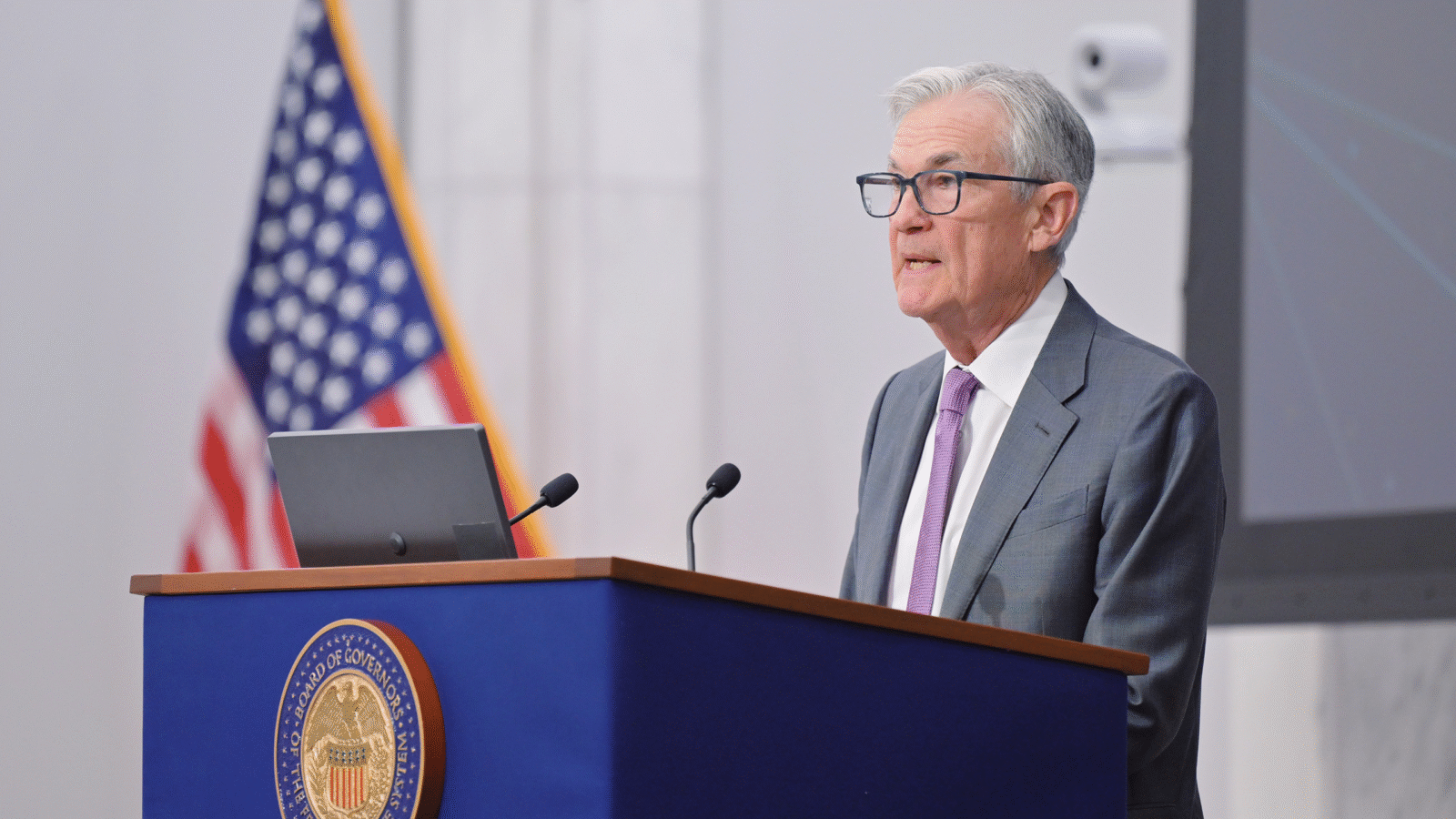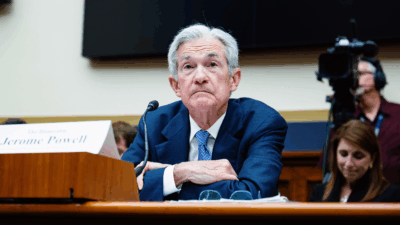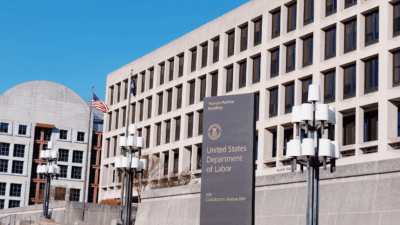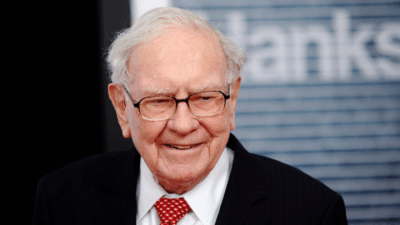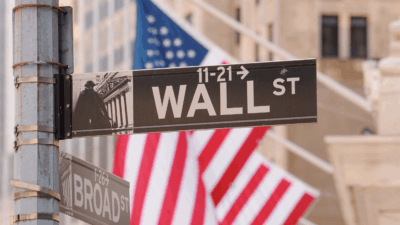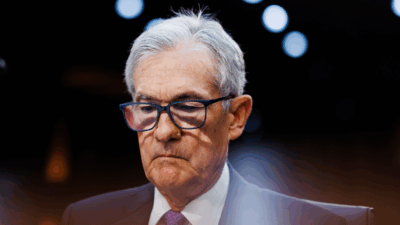
Sign up for smart news, insights, and analysis on the biggest financial stories of the day.
Save the date. No…scratch that. Save all the dates.
After a yearlong hiatus from wedding toasts and The Isley Brothers’ dancefloor magnet “Shout,” Americans are now getting married at a feverish pace — with no sign the knot-tying will slow down any time soon. Wedding planning company The Knot estimates a 20% to 25% increase in U.S. weddings held both this and next year compared to 2019.
Wedding (Industry) Crashers
Revenues in the wedding industry fell 34% last year as the pandemic triggered nuptials postponements, invite-list downsizing, or simple, no-frills ceremonies at city hall. While so-called “micro-weddings” and restrained services had their moment, 2021 data suggests pomp and pageantry are back on display:
- The average wedding reception budget this year is $22,500. That’s $3,000 higher than in 2020 and comparable to pre-pandemic 2019 levels.
- Two-thirds of couples told The Knot that they’re planning to boost their wedding budgets even higher this year, splurging on enhanced services from food to flowers to accommodations.
“In the U.S., there’s about 2 million weddings that happen on average annually,” Timothy Chi, CEO of The Knot told CNBC. “We saw about 50% of those happen, so that just means there’s another million weddings then that got pushed forward, and we’re really starting to see that come to fruition here.”
Vendor Splendor: After being left at the altar last year, those who serve the wedding industry — florists, DJs, jewelers, caterers — are savoring the moment. Los Angeles fine jeweler Mark Broumand told CNN his June 2020 sales fell 40% versus pre-pandemic, but this year, sales were 20% higher than in June of 2019.
Romance at Home: Interestingly, romantic relationships strengthened during lockdowns. In a Monmouth University poll earlier this year, 70% of American adults in committed romantic relationships said they are “extremely satisfied” with their relationship. That’s an 11% increase over the pre-pandemic era.
